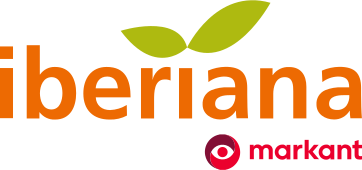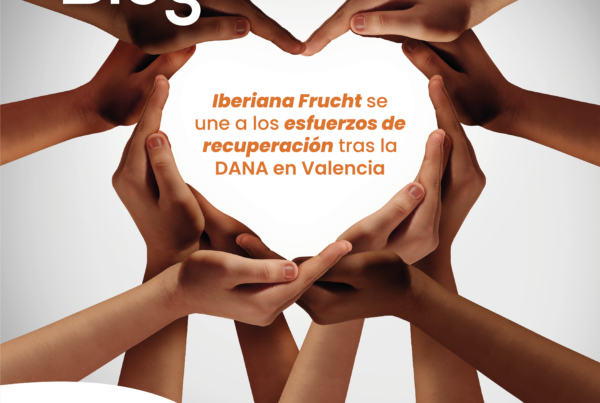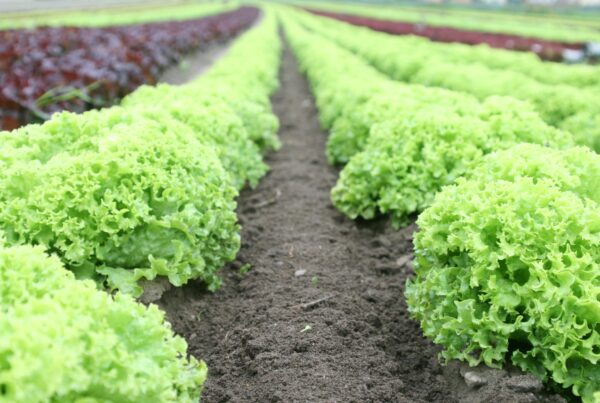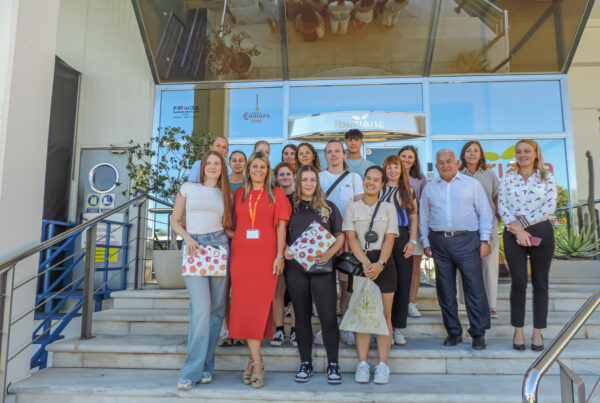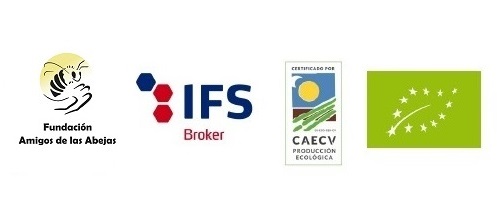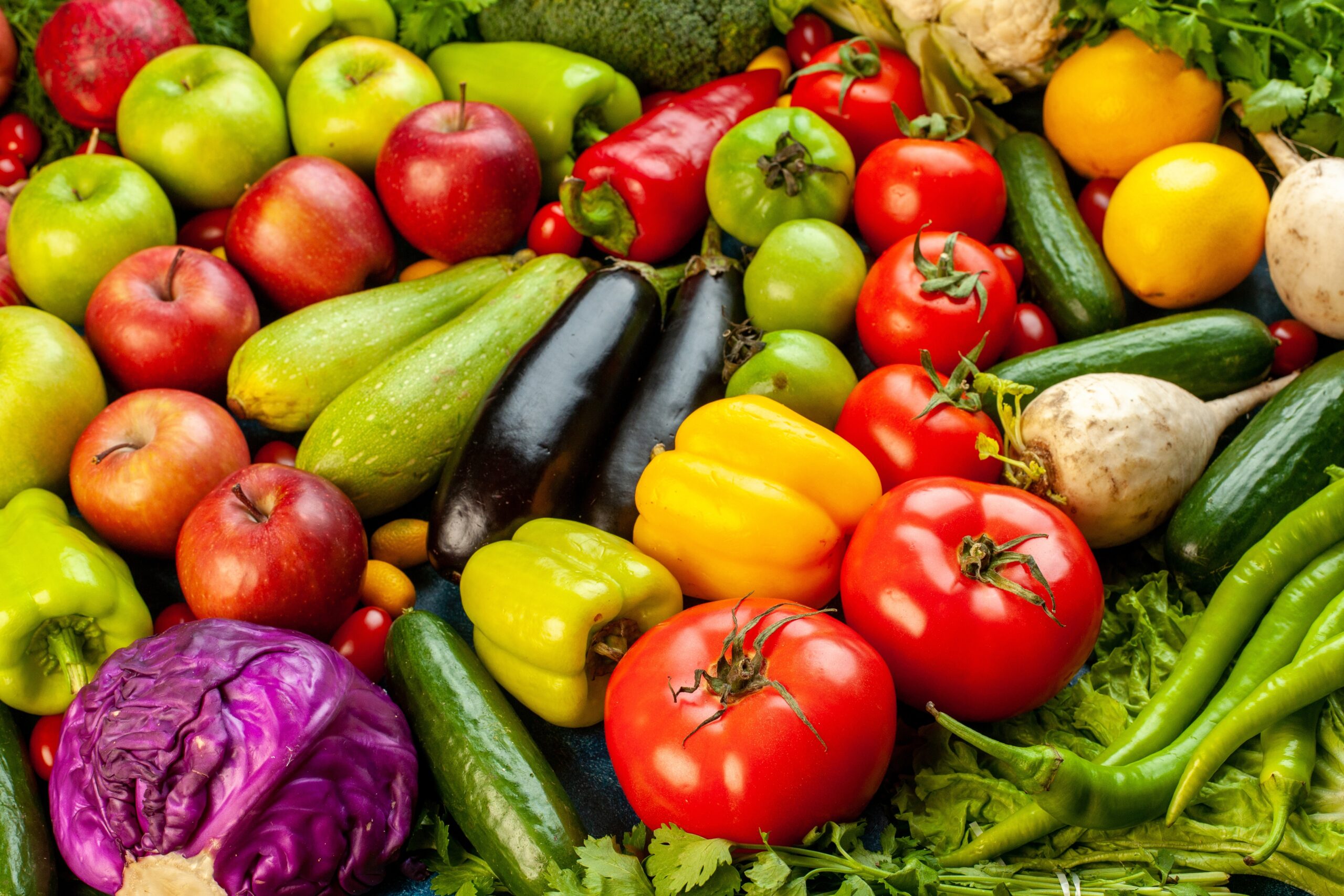
Generally speaking, most people know the difference between a fruit and a vegetable. However, they do not really know why one is a fruit and one is a vegetable.
In fact, there are some fruits that can give rise to doubts and you may not know where to place them between these three categories. For example, would you be able to tell whether a tomato is a fruit or a vegetable? Keep reading this article to solve this doubt.
Fruits, what characterises them?
According to the Spanish Food Code (Código Alimentario Español (CAE), a fruit is defined as "the fruit, inflorescence, seed or fleshy parts of flowering organs which have reached the stage of maturity and are suitable for human consumption".
From an agricultural perspective, fruits are distinguished by certain traits that separate them from other plant products:
- Floral origin: fruits are formed from the fertilised ovary of a flower, originating from the flowering of a plant and are the result of successful pollination.
- Presence of seeds: Although there are exceptions, most fruits contain seeds inside, which are crucial for the reproduction of the plant and are often eaten and spread by animals.
- Sweetness and pleasant taste: The fruits tend to have a sweet taste, appealing to humans and other animals, this characteristic being an adaptation of the plant to encourage seed dispersal.
- Variety of shapes and sizes: Fruits exhibit a wide range of looks and sizes, from small berries to large melons.
Vegetables, what are they like?
The definition of vegetables indicates that it is a category that includes leaves, flowers, stems, shoots and unripe fruits of plants. According to the FAC, "vegetables are vegetables in which the edible part consists of their green organs (leaves, stems, inflorescence)".
Several types of vegetables can be distinguished:
- Leafy vegetables: They provide edible and tender leaves, such as chard, lettuce, lamb's lettuce, lamb's lettuce, spinach, endive.
- Stem vegetables: Its tender stalks are the edible part, as in the case of asparagus.
- Inflorescence vegetables: Those from which we use the young inflorescences, such as cauliflower or broccoli.
- Vegetable buds: The buds are the edible part, like artichokes or brussels sprouts.
- Outbreaks: Produced by the germination of cereal and legume seeds, notably soya or alfalfa sprouts.
Vegetables, what are their characteristics?
"Vegetables include any herbaceous horticultural plant for food" (CAE), including vegetables, pulses and tubers, but excluding fruits and cereals.
And there is not only one type of vegetable, but several groups can be subdivided, as people consume different parts of these vegetable species. Some of them are: roots, stems, leaves, fruits...
Why is it relevant to correctly sort fruits and vegetables in a post-harvest and processing plant?
Misclassification of fruit and vegetables in a post-harvest and processing plant can have negative repercussions, especially on product quality. Vegetables and fruits have different physiological characteristics, such as respiratory rate, sensitivity to ethylene and sensitivity to chilling injury. Therefore, postharvest handling of these foods must be differentiated to ensure product quality.
Follow us on social media!
